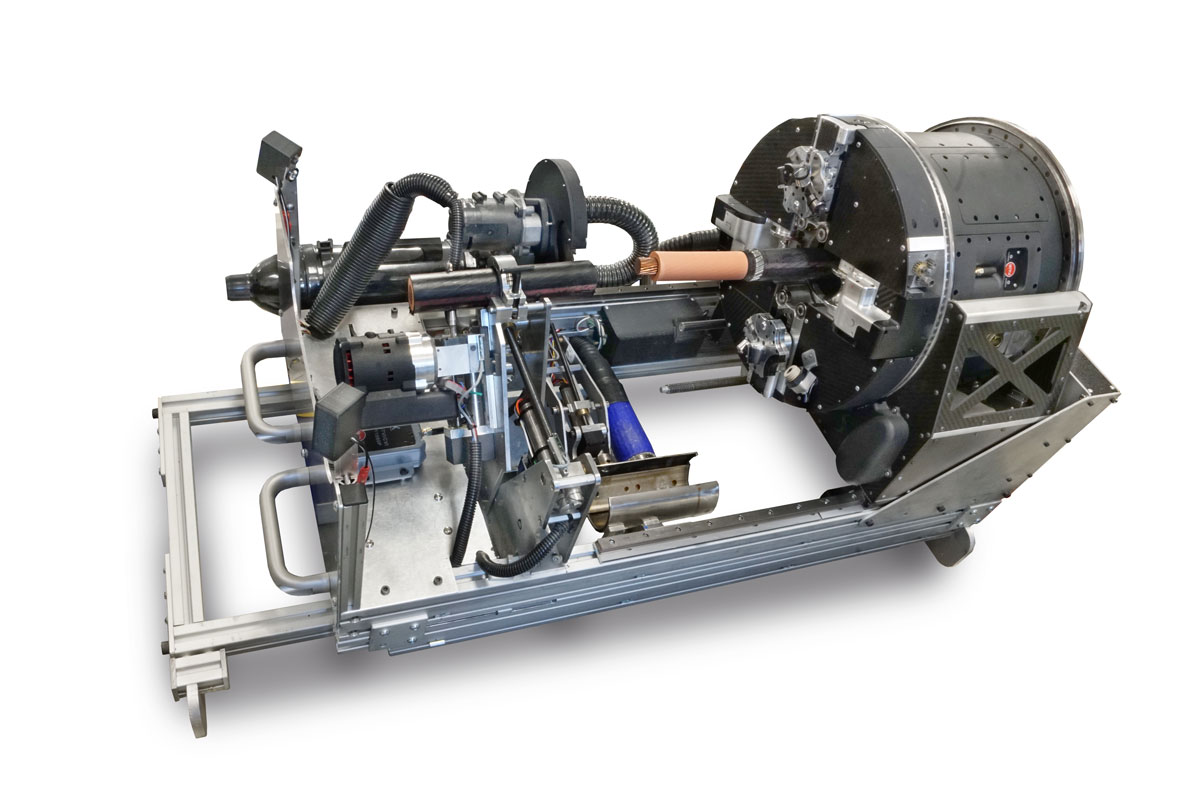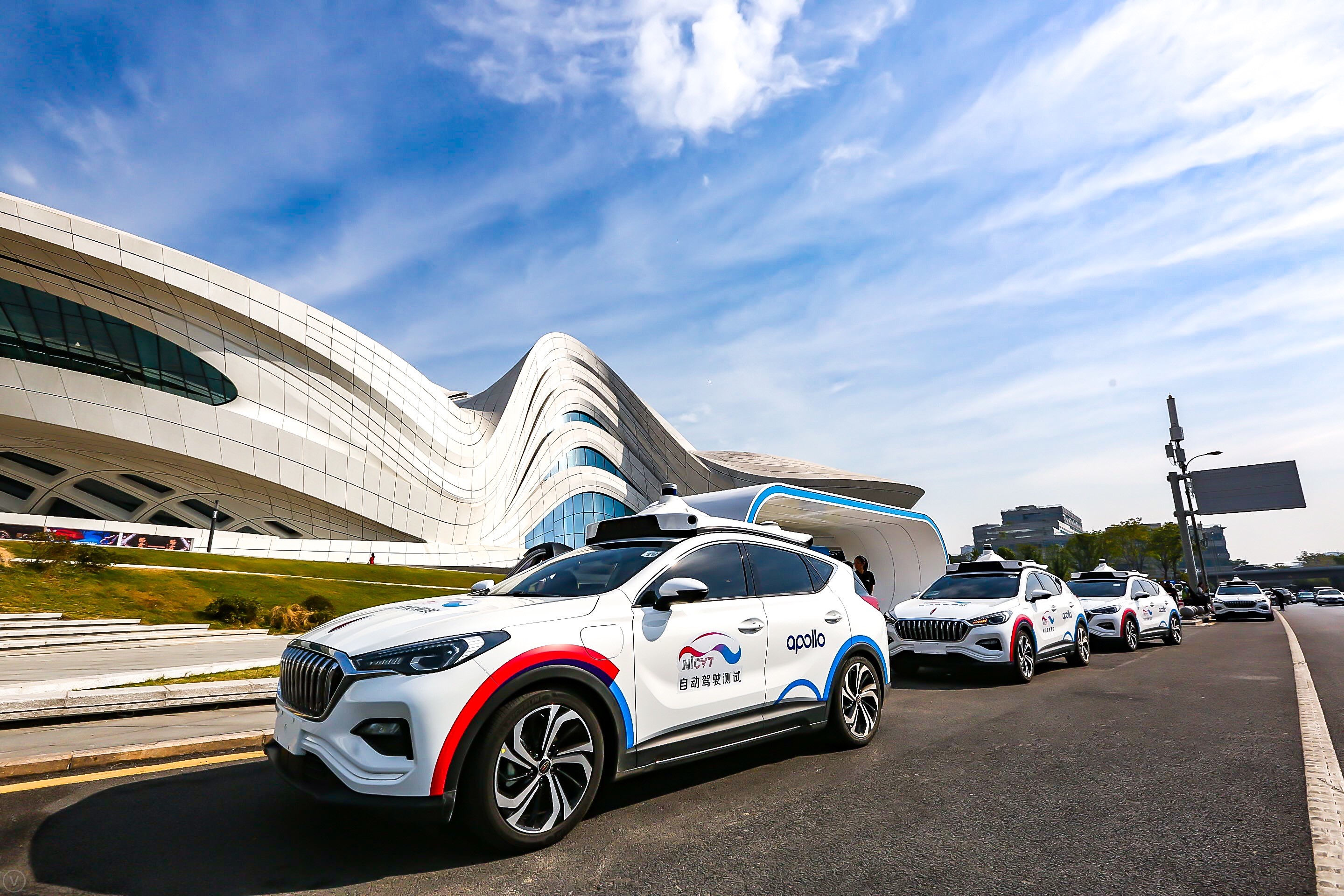Artificial intelligence is changing nearly every industry today, including one that rarely makes headlines in tech publications: the adult industry. From virtual companions to content management, AI and neural networks are reshaping how this industry operates, creating both exciting opportunities and thorny ethical questions. While Tesla prepares to mass-produce 10,000 Optimus units and Chinese companies showcase their tech at national galas, a quieter revolution is happening in the adult companion market.
Not Just Physical Anymore
Today's AI companionship robots are breaking away from their predecessors. Unlike traditional silicone dolls, these new companions offer something beyond physical interaction – emotional connection.
This shift from physical to emotional is driving unprecedented market growth. Several research institutes project the robot market to exceed $330 billion by 2025, with China accounting for over 40% of that figure.
The Technology Behind the Transformation
What makes these new companions different? It all comes down to three technological breakthroughs:
Advanced Materials: Companies like Sibao Technology are creating medical-grade silicone that mimics human skin with over 95% accuracy, complete with temperature control.
Emotional AI: Firms such as Fun Sleep Technology are developing algorithms that allow robots to adapt to users' emotions and respond appropriately.
Biometric Sensing: The most sophisticated models can detect microexpressions and adjust their behavior within 30 seconds – responding five times faster than human partners.
One standout example is Shenzhen-based Starpery's companion robots, which use large AI models not just to follow commands but to study user habits and adjust interactions based on emotional changes.
Smart Companions and Virtual Relationships
One of the most visible developments is the rise of AI-powered intimacy tech innovations and virtual companions. Unlike traditional products, these new technologies can learn and adapt to user preferences.
"The latest models use neural networks to create more natural movements, realistic facial expressions, and voices that sound almost human," explains Dr. Maya Richardson, a technology ethicist. "Some can even hold conversations and remember previous interactions."
Companies developing these technologies claim they provide companionship for lonely individuals and safe spaces for exploring intimacy. The most advanced systems can:
- Recognize users' emotional states through facial analysis
- Remember personal preferences and conversation history
- Adapt their behavior based on user feedback
- Engage in seemingly meaningful conversations
A Growing Industry Chain
The production of these advanced companions has created an entire ecosystem of specialized companies:
Material Suppliers: Companies specializing in medical silicone and TPE materials that mimic human touch.
AI Developers: Businesses focusing on emotional interaction algorithms and personalized memory storage.
Finishing Specialists: Firms like Rebecca that create hyper-realistic wigs with temperature-mimicking technology.
This interconnection has led to dramatic stock increases across the supply chain as investors recognize the potential growth.
Price Range and Market Share
These companions come with varying price tags. WMdoll's MetaBox series starts around 10,000 yuan ($1,400) but can reach 14,500 yuan ($2,000). Premium models from other manufacturers can cost up to 100,000 yuan ($14,000).
China now dominates production, accounting for roughly 70% of global output. Leading manufacturer WMDoll saw exports jump 58% in 2024 alone.
Beyond Physical Satisfaction
What truly separates these new companions from traditional products is their ability to provide emotional resonance. Features now include:
- Long-term memory storage that remembers user preferences
- Voice interaction that adapts to emotional states
- Health monitoring systems that track user wellbeing
- The ability to refuse interactions (as seen in Synthesea Amatus's "Samantha" model)
Challenges Ahead
Despite the impressive growth, the industry faces three major hurdles: user convenience, commercialization strategies, and privacy concerns. How companies address these issues will determine which succeed in bringing these products "into the light" as mainstream consumer technologies.
As the boundaries between robots and companions continue to blur, this once-niche market is positioning itself at the crossroads of AI and human connection – potentially unlocking a market worth hundreds of billions in the coming years.
The Ethical Crossroads
As AI continues to advance in this space, society faces important questions:
- How might these technologies affect people's expectations of real relationships?
- Could widespread use of AI companions lead to increased social isolation?
- What safeguards should be in place to prevent exploitation?
- Who should have the authority to regulate these technologies?
What remains clear is that as AI continues to evolve, so too will the conversation about its role in one of humanity's most personal domains. Finding the balance between technological innovation and ethical considerations will require ongoing dialogue between technologists, ethicists, lawmakers, and the public.


















